
The Musée national Picasso-Paris opened in 1985 in the Marais district and became famous for having the largest public collection of Pablo Picasso's artworks. The contrast between its historic building, its exquisite interior and the modern art of the Spanish genius perfectly reflects the historically artistic and modern spirit of the Marais.
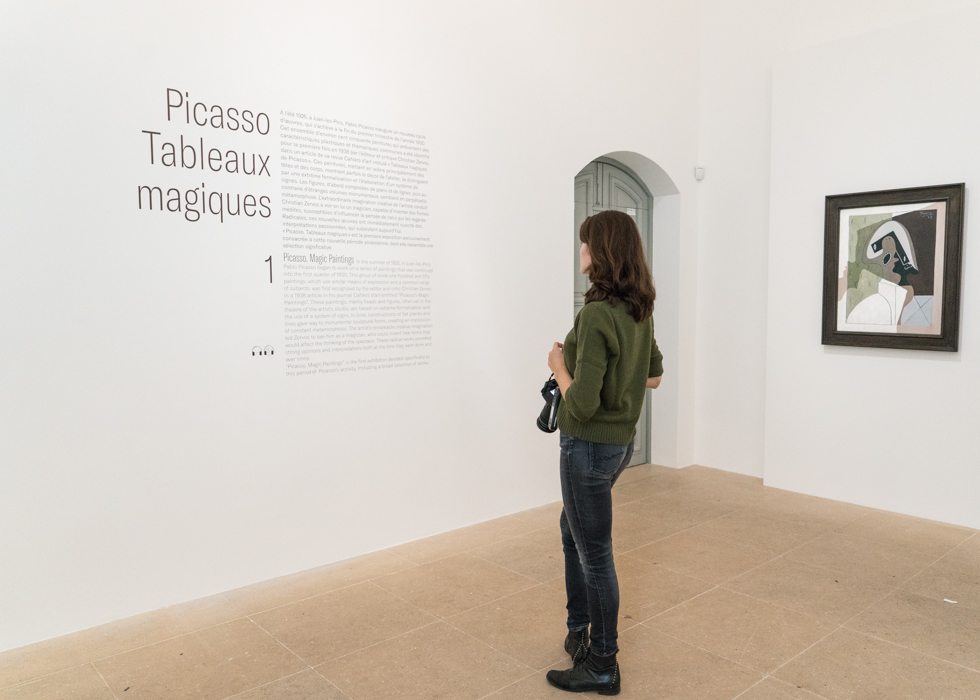
The current exhibition, “Picasso, Magic Paintings" ("Picasso, Tableaux Magiques" in French), started from October 1st, 2019 and will be continued until February 23rd, 2020 in this most inspirational art museum in Paris. The exhibition focuses on the particular figure paintings which were created from 1926 to 1930. These paintings let us feel the Picasso’s strong emotion through his unique style painting which gives us the same impression as Guernica, one of his masterpieces created 10 years later, in 1937. "Picasso, Magic Paintings" is the first exhibition especially about this period of Picasso’s artworks.
For the first impression of the exhibition, you might think of his artworks as children’s drawings. However, this collection was highly well-known among intellectuals and elites, and now even in the world. What makes Picasso’s artwork art itself? We will focus on this question that you may have and explain further.
.jpg)
One of the biggest artists in the world, Pablo Picasso is well-known for his bleu and rose period, cubism art, and also his figure paintings. From the summer of 1926 to 1930, Pablo Picasso created a series of figure paintings which are filled with his imagination and emotion. This collection consists of one hundred and fifty paintings about extremely formalized human bodies. The two-dimensional and distorted form made with simple lines makes the monumentality of his form. The vivid or black and white colors also make you feel the two-dimensionality of Picasso's paintings.
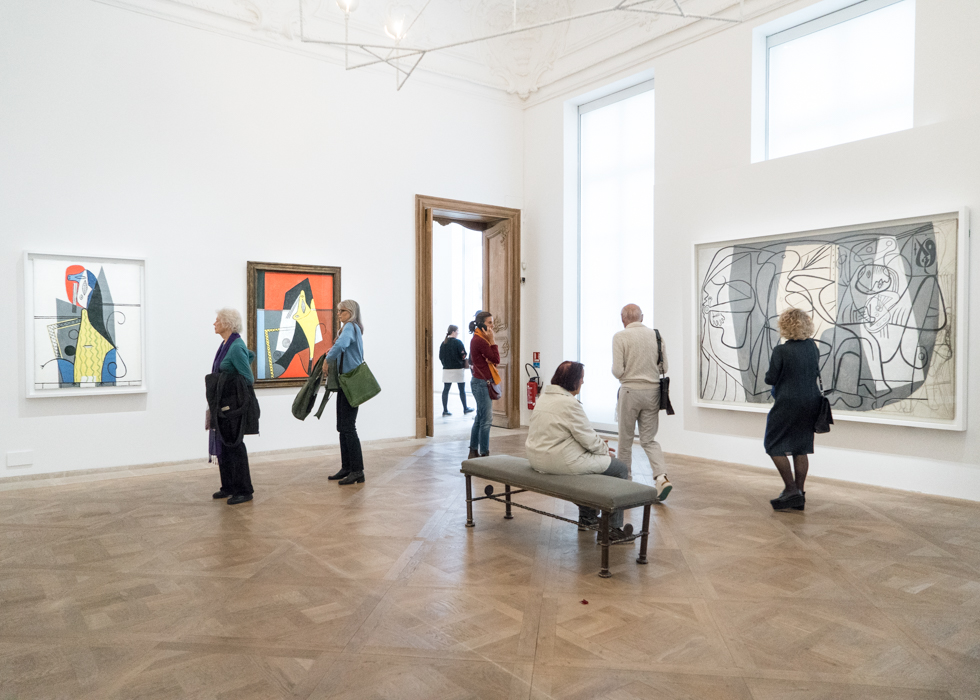
The editor and critic of Cahier d’art Christian Zervos named this huge collection as ‘magic paintings’ in 1938. He thought of Picasso as a magician, because his whose creative imagination can invent new forms that affect the spectator's way of thinking. His radical works prompted various opinions and interpretations at the time. So, his artworks contributed to helping people to have a new way of thinking.
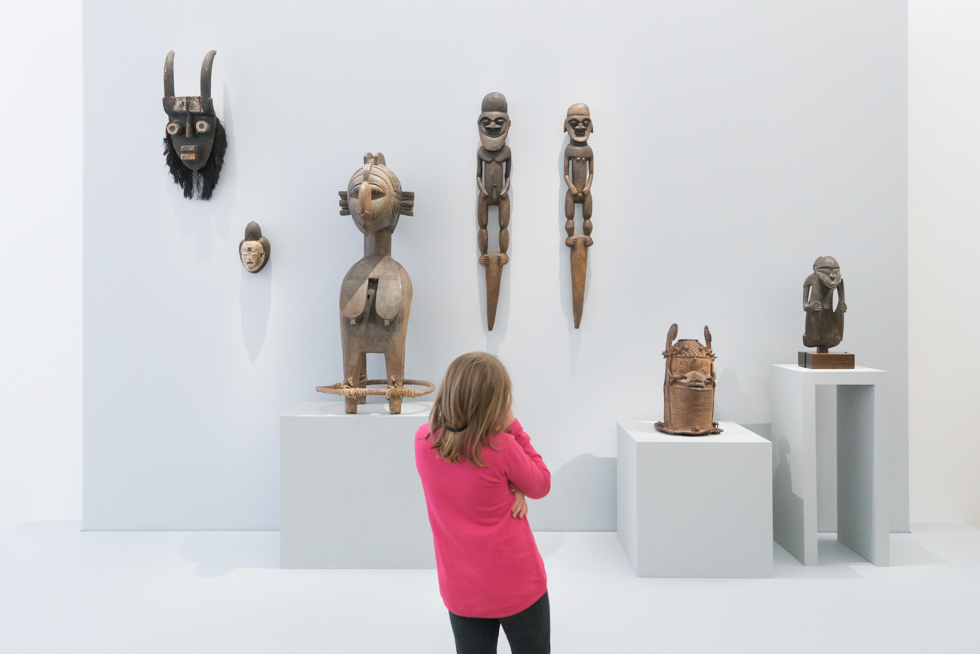
Picasso's magic paintings are simple, monumental, and two-dimensional, yet but the biggest thing is his original form. The reason why Picasso worked on such an extreme formalization is due to his interest towards non-Western art, which is called "magic object" in this exhibition. As you know the cubist artworks of Picasso are inspired by the simple yet dynamic statues and masks from Africa or Oceania. As some of them are used for religious rites, the monumentality of their form is remarkable. Their unique form was one of the main inspirations for the radical form.
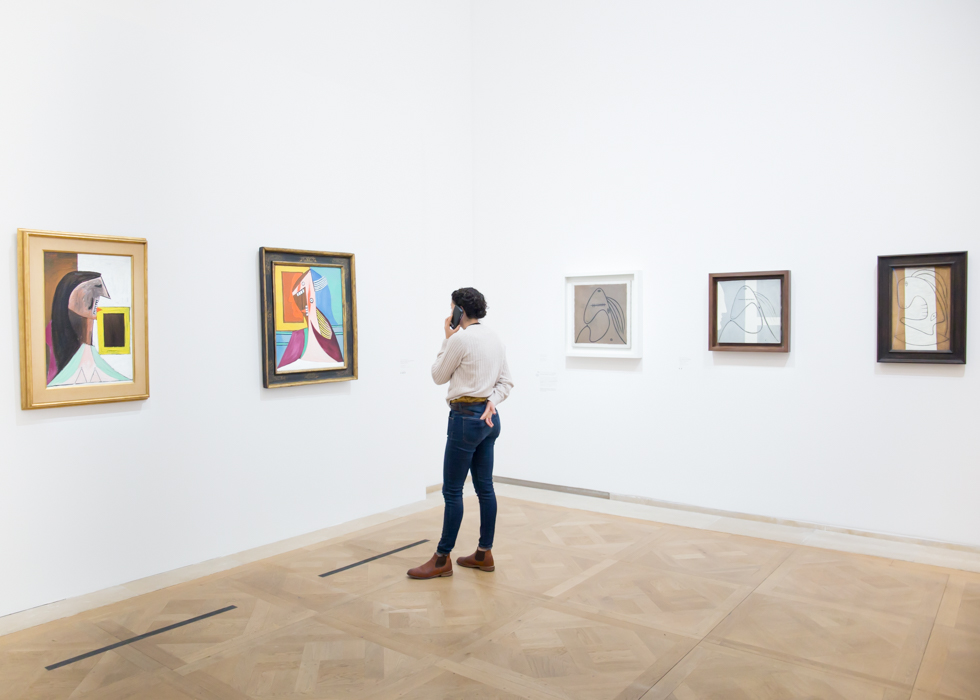
Why is the object not in the right position? The dislocation of body parts often makes the visitors compare Picasso's artworks with children's drawings. This was the result of his unique creating process. Like Cézanne's works and Picasso's own cubist artworks, the latter deconstructs the object, and reconstructs in his own way. It leaves an impression of metamorphosis or re-creation of the original geometric form.
Let's take a look at the Buste de femme au fauteuil. Her face is in a sharp triangle, her eyes are on the upper and down side of it. Her mouth is wide-opened with her teeth displaced. Her nose is on top of the face, and her blonde hair is on the bottom. This dislocation is based on the metamorphosis by his internal vision.
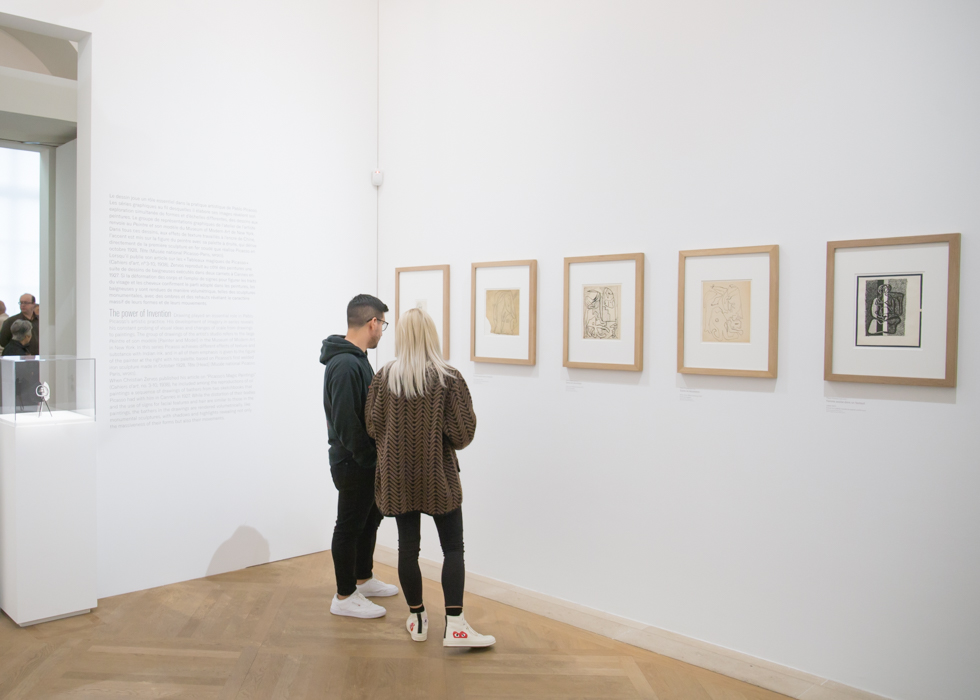
During these four years, Picasso’s magic paintings developed more than a typical geometric form. His art reached the level of a stronger simplification, painting a figure like a sign, for instance. Christian Zervos used the word "transmutation" to describe the relationship of Pablo Picasso's magic paintings and reality which build a misty atmosphere.
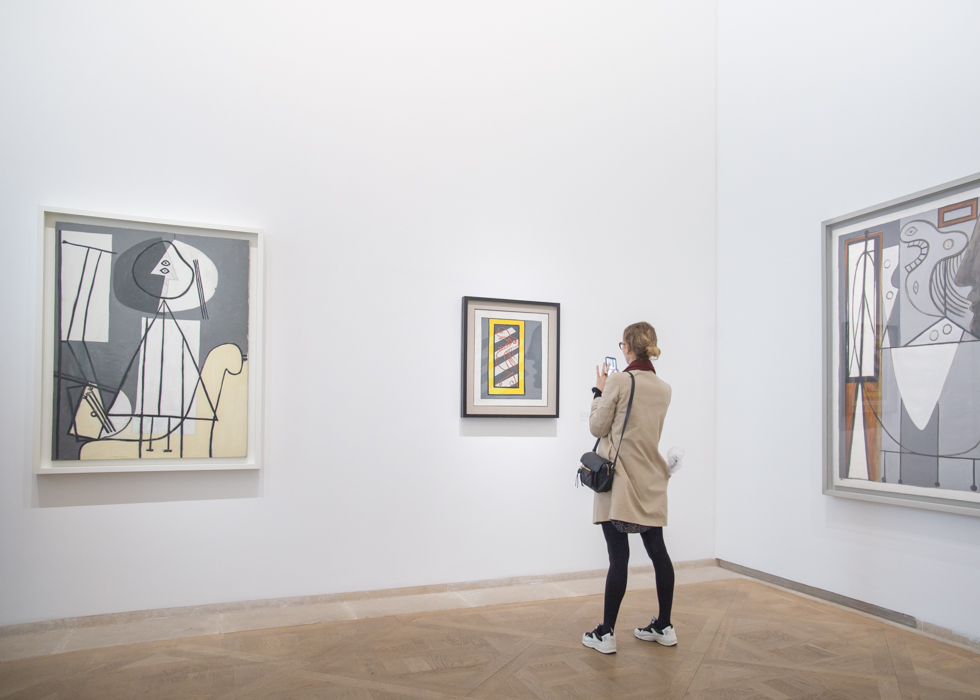
As a result, Picasso's works are filled with his strong emotional power. It is the expressive force, exploding a few years later in Guernica. During these four years, there was a formal development in Picasso’s painting.As we can feel the enormous power from Guernica, we can find the birth of representation of emotional power in Picasso's art. As a result of his experimentation on sculptures with materials inspired by non-Western art, his monumental art expanded into the deep emotions of the spectators.
Let's look back at the Buste de femme avec autoportrait of 1929. You can observe the simplification of elements and a deformed face in a triangle form, shaped by a violent straight line. Picasso painted here his jealous wife Olga. You can see the aggressivity through the radical form.
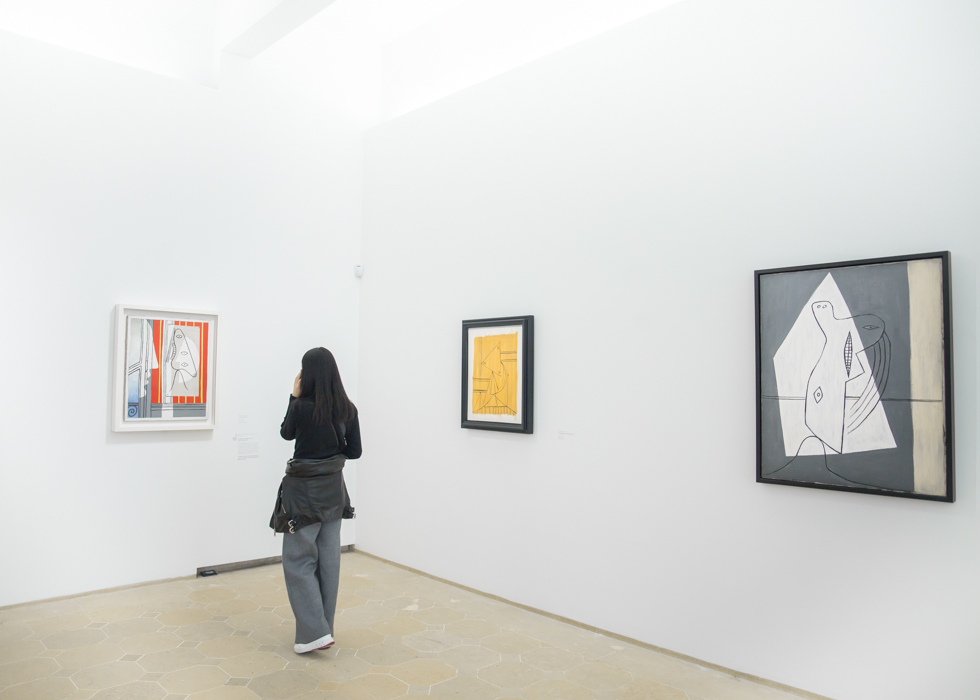
The power filling Picasso's art is not only emotional, but also mythical. The repetition of curved lines in several artworks is tantamount to magic rites. In other words, Picasso represented invisible spiritual forces in his paintings. For example, you may observe the silhouette of a face in his atelier, called "Autoportrait". Originally representing a departed friend, Picasso argued it may be interpreted as himself, in his own depiction of spiritual powers.
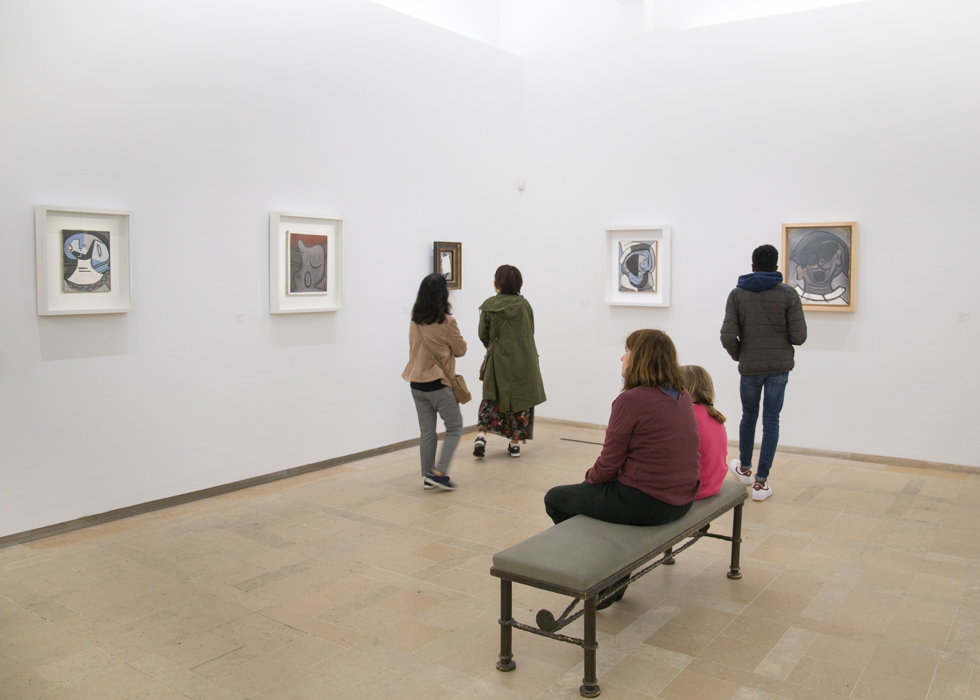
As his magic paintings are beyond the real form, they are often associated with Surrealism. However, a German critic, Carl Einstein wrote a great insight into Pablo Picasso. He mentioned "mythic realism" to distinguish Picasso's work from the Surrealist art. He described them as "far more "grounded" and related to the fundamental realities of mythical sources" They don't speak for his own fantasies, rather a universal significance which has a stronger power. Therefore, these magic paintings affect spectators greatly.
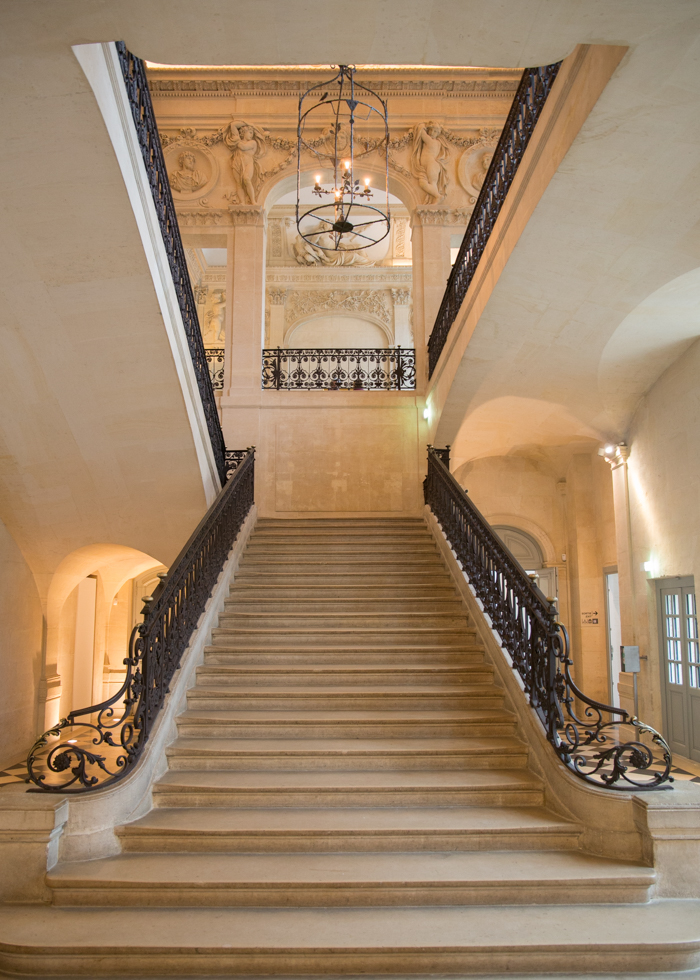
Don't miss the opportunity to take an audio guide to enjoy the exhibition and the collection to their full extent. To avoid waiting lines, you can book the ticket in advance on Musée National Picasso Paris' official website and use O’bon Paris’ special promo code “TROBON” to get 2 euros discount.
After visiting Musée national Picasso-Paris, take a walk in the charming streets of Marais district filled with street art. You may feel the current artistic vibes of Paris. After enjoying Picasso’s art in Marais, we recommend you to discover fashionable cafés as well. You can see our recommended cafés from here.
Words by Yuka
Photographs by Olga Andrianova
Address: 5 Rue de Thorigny, 75003 Paris
Transportation: Metro line 1 Saint-Paul Station or line 8 Saint Sébastien Froissart
Exhibition Period: PICASSO. MAGIC PAINTINGS October 1st, 2019 to February 23rd, 2020
Opening Hours: Tuesday to Sunday 10:30-18:00 (Extended hours from 9:30 on weekends and holidays)
Price: Full Price - 14 euros / Reduced Price - 11 euros / EU Residents under 26 years old, under 18 years old, on the first Sunday of each month - Free
Audio Guide: (French, English, Spanish, German and Chinese): Full Price - 5 euros / Reduced Price - 4 euros